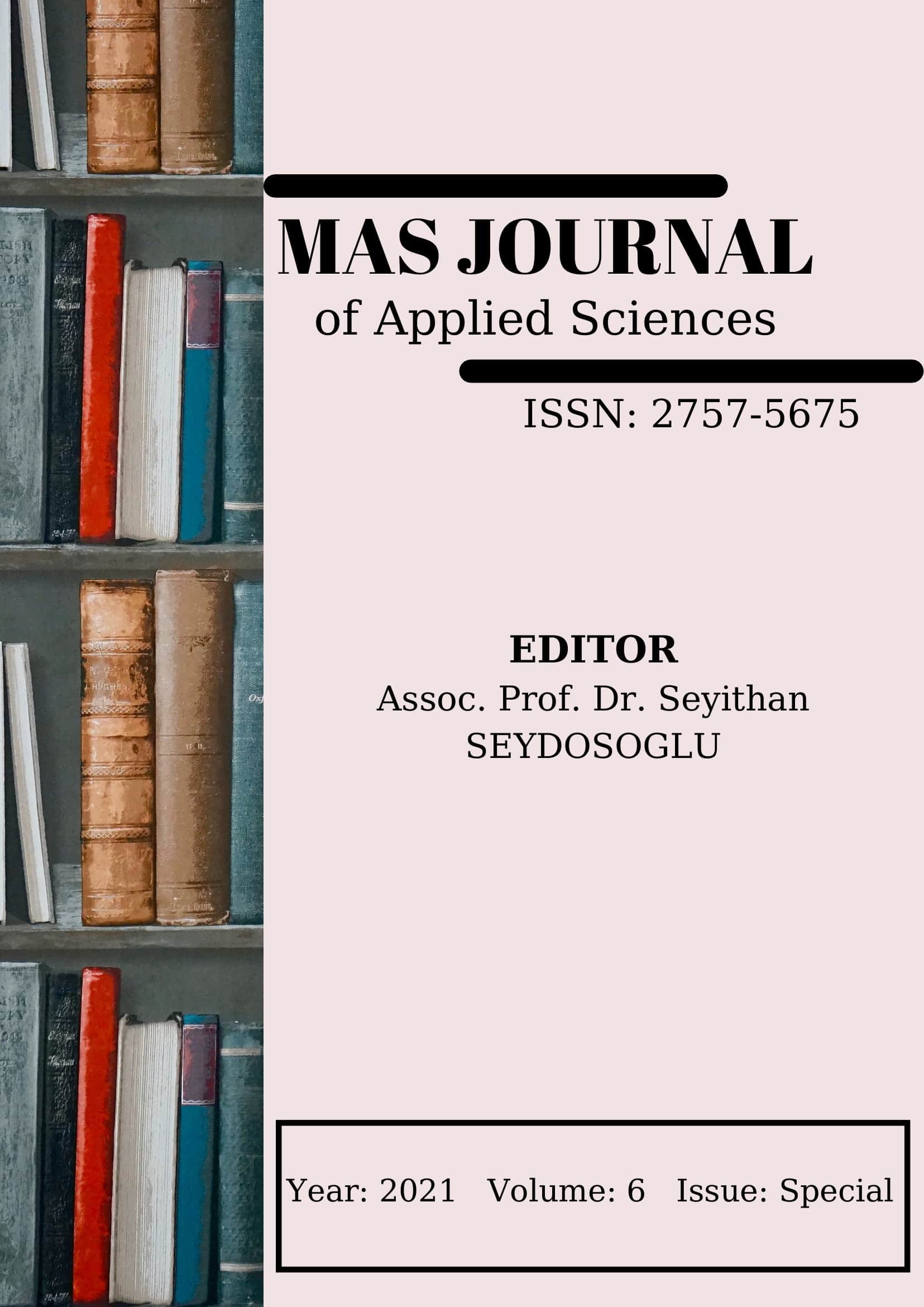Heavy Metal Contents of Sultana Seedless Grape Vineyards, The Case of Salihli
DOI:
https://doi.org/10.52520/masjaps.185Keywords:
Vineyard, heavy metal, soil, leaf, grapeAbstract
Heavy metal pollution of agricultural soils is an important environmental problem that can affect food quality and human health. In this context, it is important to monitor these areas, as both the leaves and fruits of the vineyard plantations can be consumed directly. This study, it was aimed to determine the heavy metal contents (Mn, Cu, Fe, Zn, Pb, Ni, Cr, and Cd) by taking soil, leaf, and grape samples from viticulture areas in the Salihli district. When the analysis results of the soil samples were evaluated, it was determined that the heavy metal contents of the soil were higher within the sub-surface and the total Ni content varied between 10-41 mg kg-1 and was slightly above the reference value (30 mg kg-1). The highest total Pb, Cr and Cd contents in the soil were found as 12,59 mg kg-1, 19,22 mg kg-1 and 0,98 mg kg-1, respectively. As a result of the analyses made on the leaf blade and stem, it was determined that heavy metal toxicity was not observed, but the leaf blade had higher heavy metal content than the stem, except for Cr. While, Cd 0,50-1,02 mg kg-1, Cr 1,27-2,77 mg kg-1, Co 1,56-16,23 mg kg-1, Pb 2,20-12,50 mg kg-1 is found in and Ni were analysed in the range of 0,36-2,74 mg kg-1. In grape samples, Fe 21-45 mg kg-1, Mn 1,50-4,10 mg kg-1, Zn 4,00-6,70 mg kg-1, Cu 2.50-4.50 mg kg-1, Ni in the range of 0,15-0,50 mg kg-1, trace levels of Co, Cd, Cr and Pb was determined.
Downloads
Published
How to Cite
Issue
Section
License
Copyright (c) 2021 The copyright of the published article belongs to its author.

This work is licensed under a Creative Commons Attribution-NonCommercial 4.0 International License.


